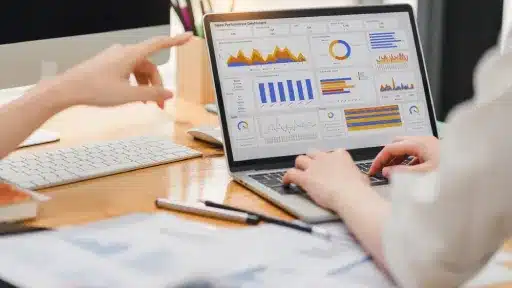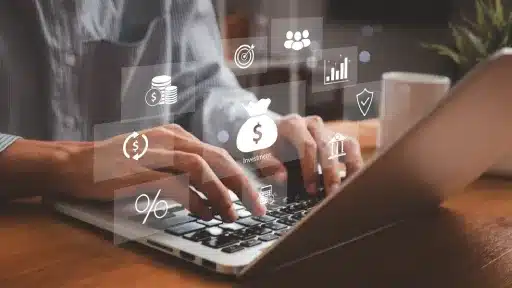In today’s dynamic financial landscape, understanding futures contracts explained is crucial for investors, traders, and businesses seeking to manage risk and capitalize on market opportunities. Futures contracts play a vital role in commodities, currencies, indices, and interest rate markets, allowing participants to hedge against price fluctuations or speculate on future price movements. Whether you’re a novice exploring financial instruments or a seasoned trader, grasping the fundamentals of futures contracts explained will empower you to make informed decisions and enhance your market strategy.
What Are Futures Contracts Explained?
Futures contracts are standardized legal agreements to buy or sell an asset at a predetermined price on a specific future date. These contracts are traded on regulated exchanges, ensuring transparency and liquidity. The assets underlying futures contracts can vary widely, including commodities like oil, gold, and wheat; financial instruments such as stock indices and government bonds; and even cryptocurrencies.
Key Features of Futures Contracts
- Standardization: Contracts have fixed sizes and expiration dates, making them uniform and easily tradable.
- Leverage: Futures allow traders to control large asset amounts with a relatively small initial margin, amplifying potential gains and losses.
- Mark-to-Market: Daily settlement of profits and losses ensures that gains are realized promptly, reducing credit risk.
- Expiration Dates: Futures have specific maturity dates when the contract must be settled or rolled over.
Why Futures Contracts Matter in Financial Markets
Futures contracts explained hold significant importance because they provide essential mechanisms for risk management and price discovery. Companies that rely on commodities can hedge against adverse price movements, stabilizing their costs and revenues. For example, an airline might use futures contracts to lock in fuel prices, protecting itself from sudden price hikes.
Additionally, these contracts enable speculators to express views on the direction of prices, providing liquidity and improving the overall functioning of markets. Futures markets often serve as leading indicators of economic trends, affecting monetary policy and investment decisions worldwide.
Main Participants in Futures Markets
- Hedgers: Seek to minimize the risk of price fluctuations in their underlying business operations.
- Speculators: Aim to profit from price changes without intending to take delivery of the asset.
- Arbitrageurs: Exploit price discrepancies between related markets for riskless profits.
How Do Futures Contracts Work?
When investors enter into a futures contract, they agree to buy or sell the underlying asset at a specified price on the expiration date. However, most contracts are closed out or rolled over before maturity to avoid physical delivery.
To initiate a position, traders deposit an initial margin, a fraction of the contract’s total value. Each trading day, gains and losses are settled through a process called mark-to-market, adjusting the margin accordingly. If the margin falls below a maintenance level, traders must replenish it to maintain their positions.
Benefits of Using Futures Contracts
- Risk Management: Protect businesses and investors from unfavorable price movements.
- Price Discovery: Reflect expectations about future supply and demand, helping market participants make decisions.
- Leverage Opportunities: Enable control of large positions with limited capital investment.
- Liquidity: Standardized contracts on exchanges provide high liquidity for easy entry and exit.
Common Examples of Futures Contracts
Some widely traded futures contracts include:
- Crude Oil Futures: Essential for producers and consumers hedging fuel prices.
- Gold Futures: Popular among investors seeking exposure to precious metals.
- S&P 500 Futures: Track major stock market performance and are used for hedging equity exposure.
- Currency Futures: Help businesses manage exchange rate risk in international trade.
Risks and Considerations
Despite their advantages, futures contracts carry notable risks. Leverage can magnify losses, occasionally leading to margin calls or liquidation. The standardized nature means contracts may not perfectly match an individual’s exact hedging needs. Moreover, volatility and sudden market moves can increase risk exposure.
Therefore, thorough education, risk assessment, and strategic planning are essential when engaging with futures contracts explained.
Conclusion
Futures contracts explained offer powerful tools for managing risk, discovering prices, and pursuing market opportunities in today’s complex financial environment. By understanding their structure, functions, and participants, investors and businesses can confidently utilize futures to advance their financial goals. Whether for hedging or speculation, mastering futures contracts enhances market insight and strategic capability.


